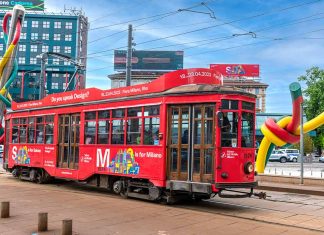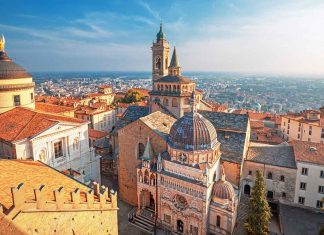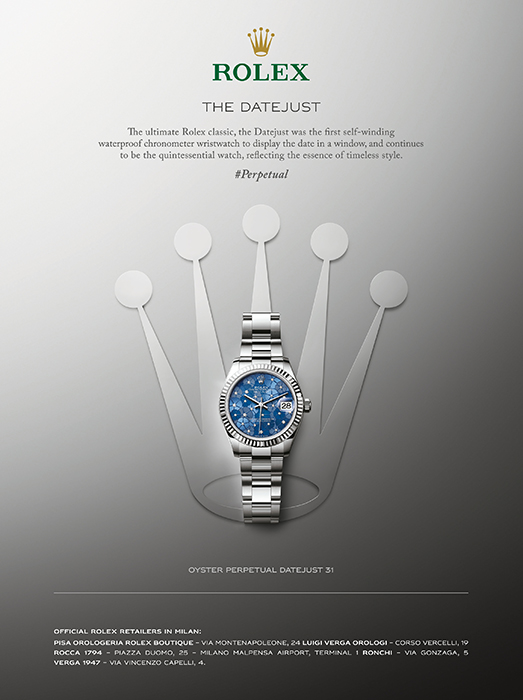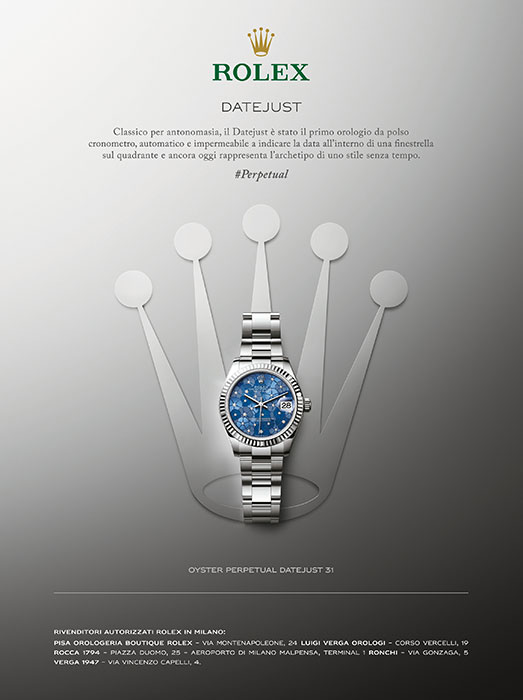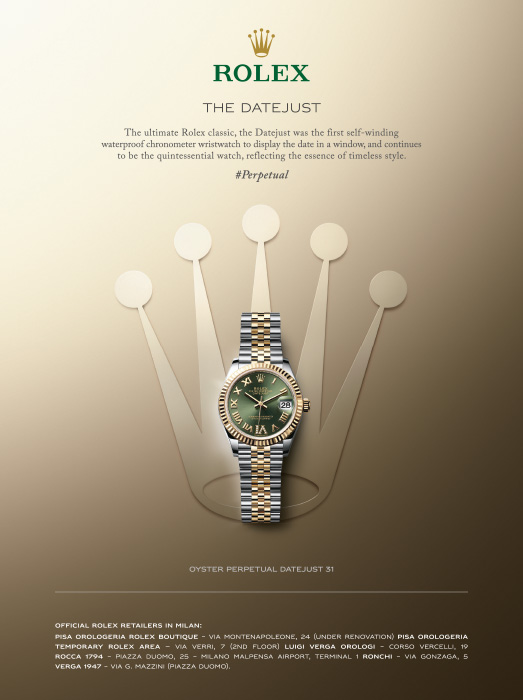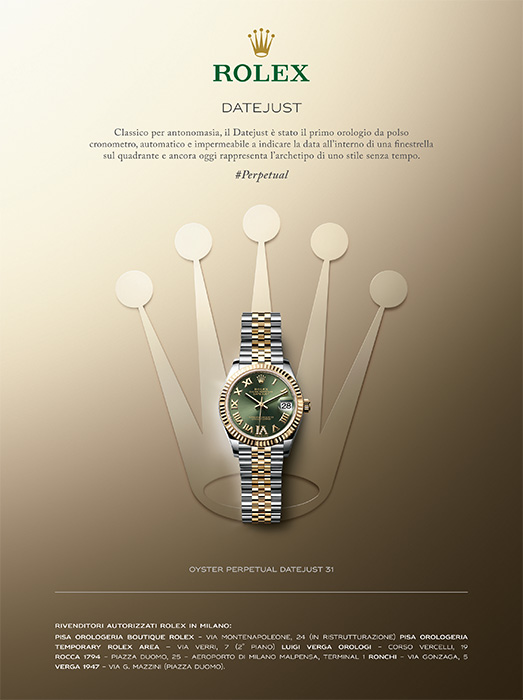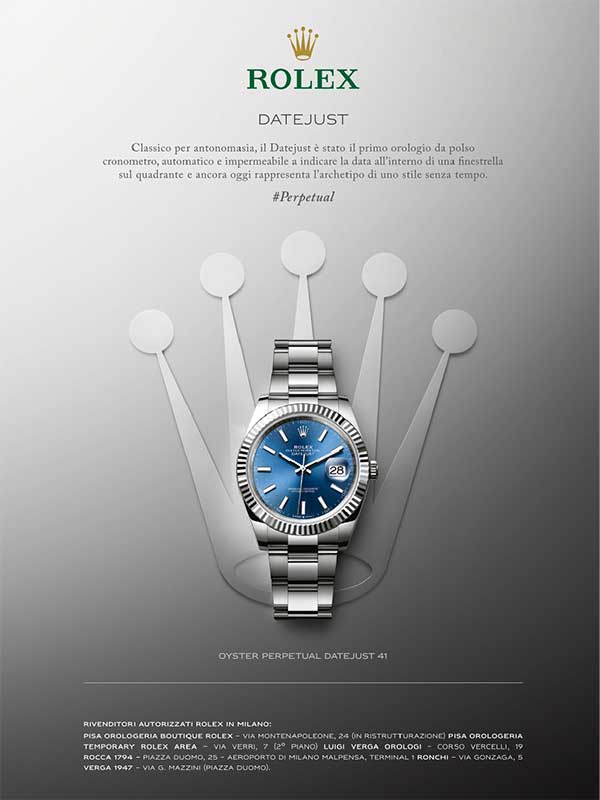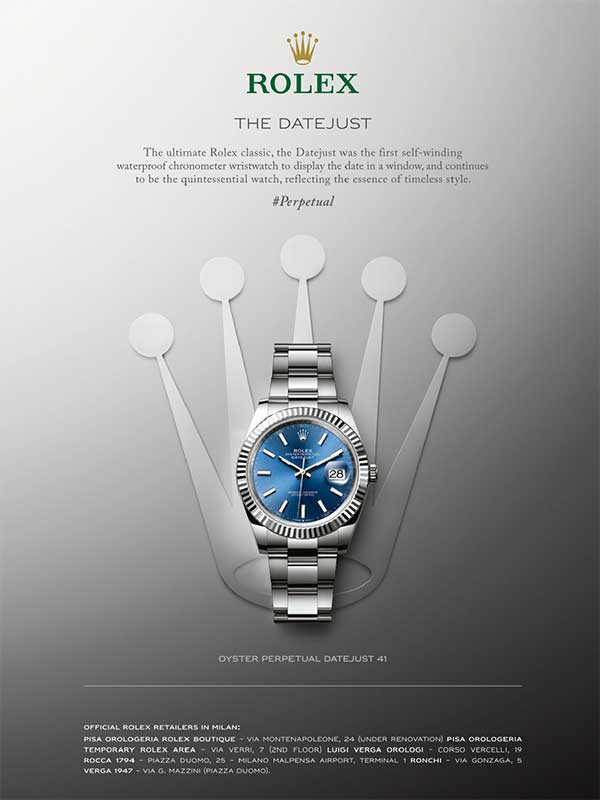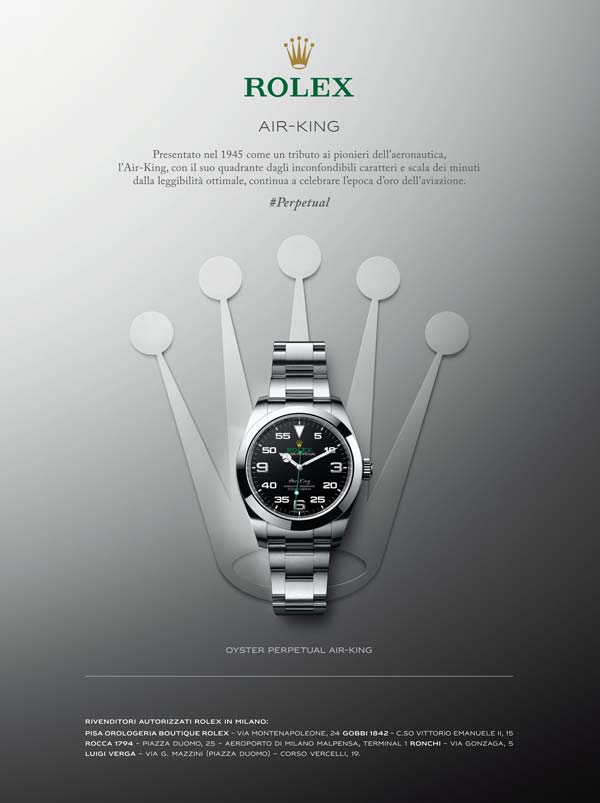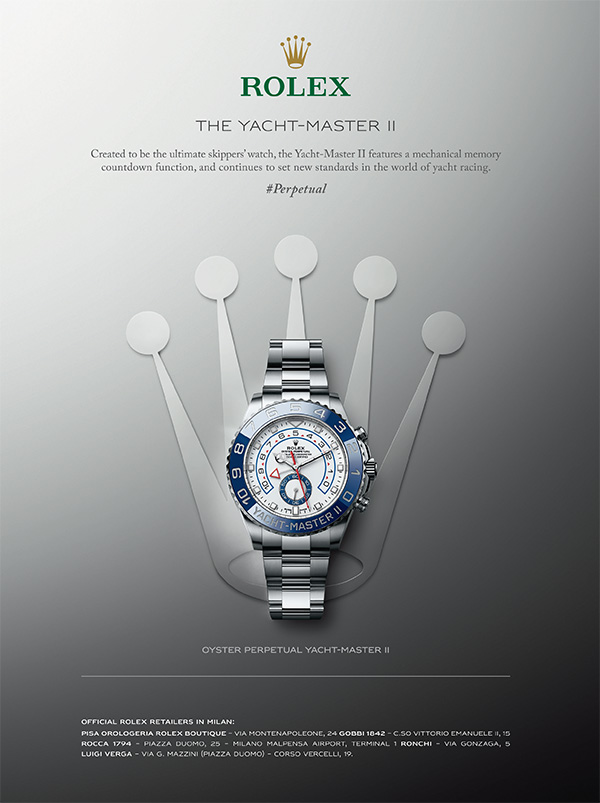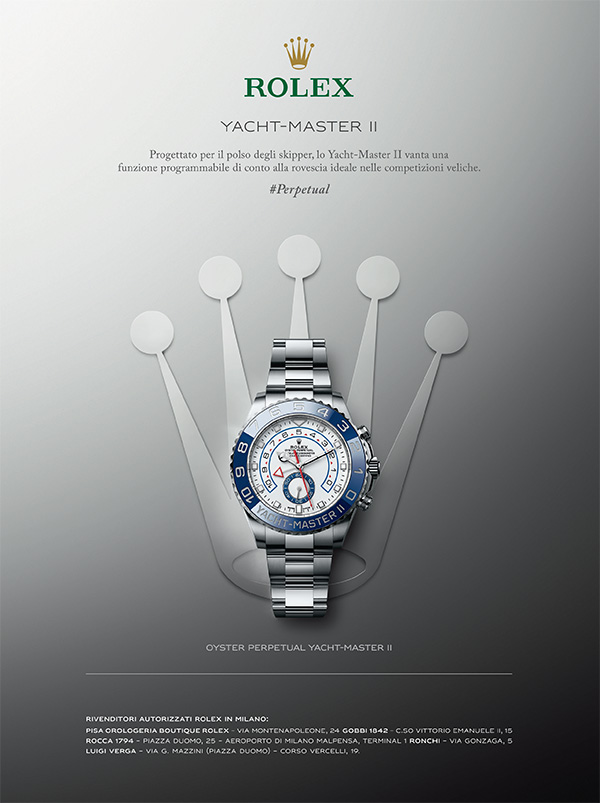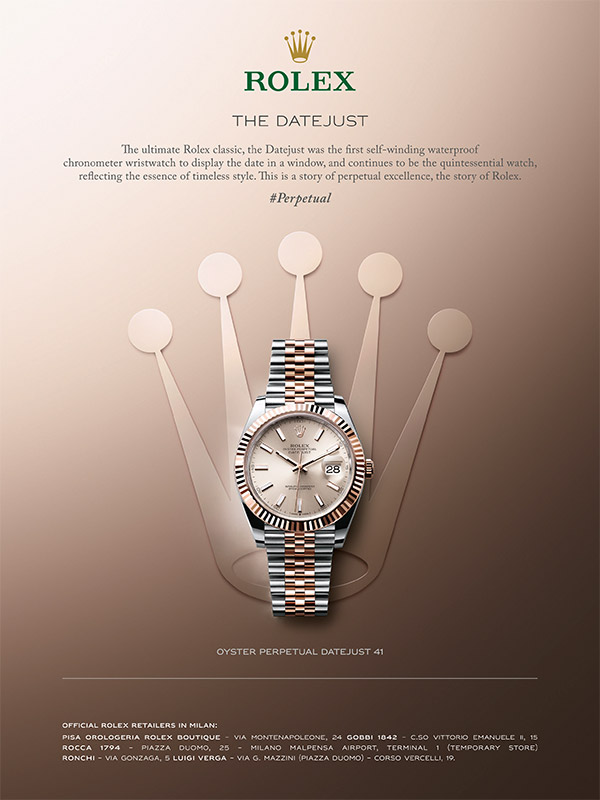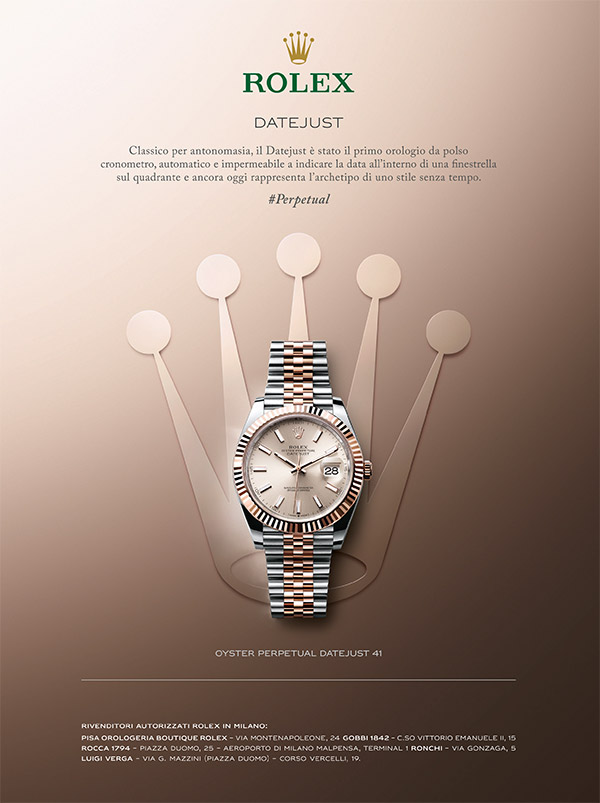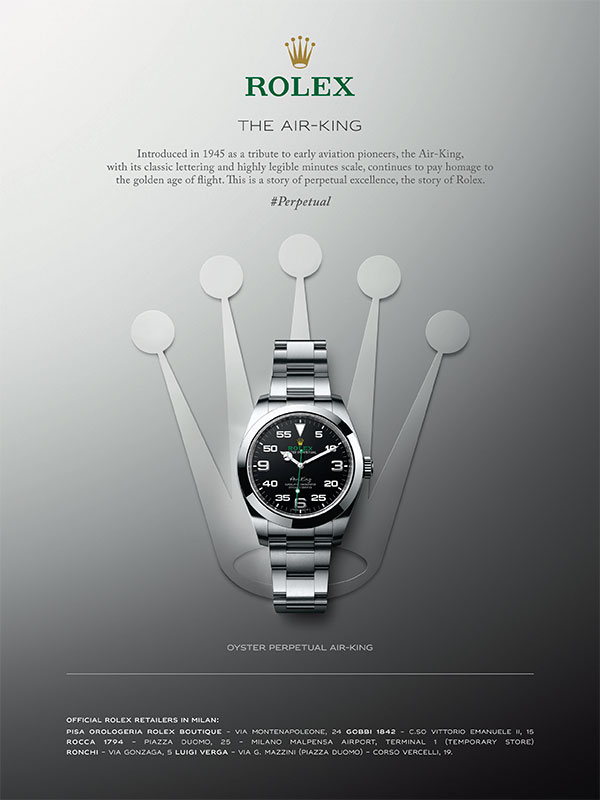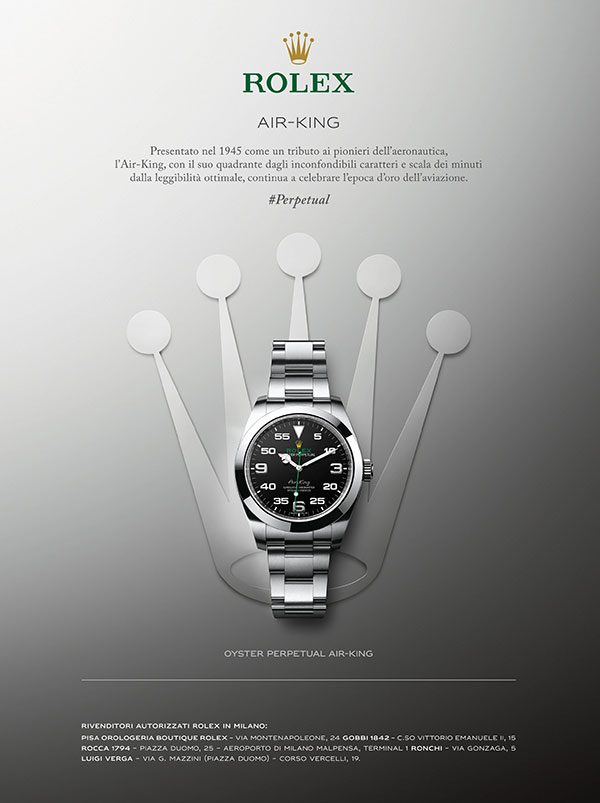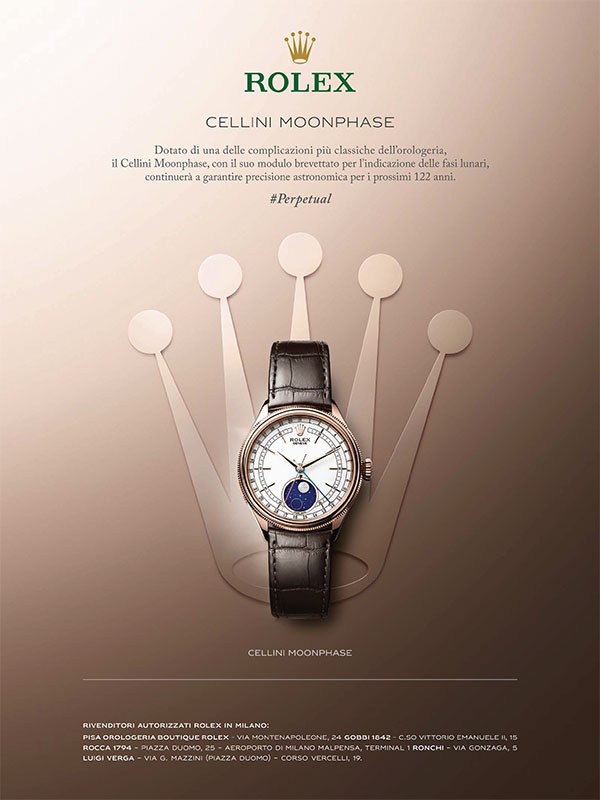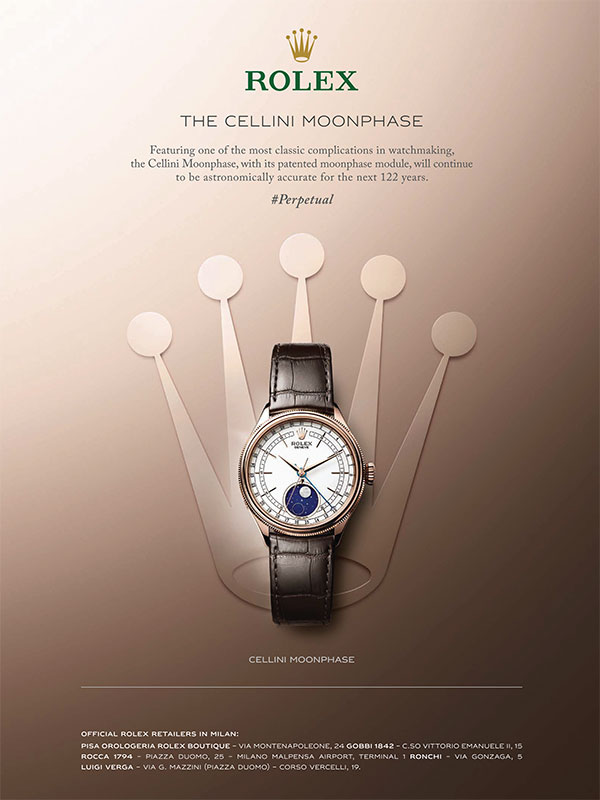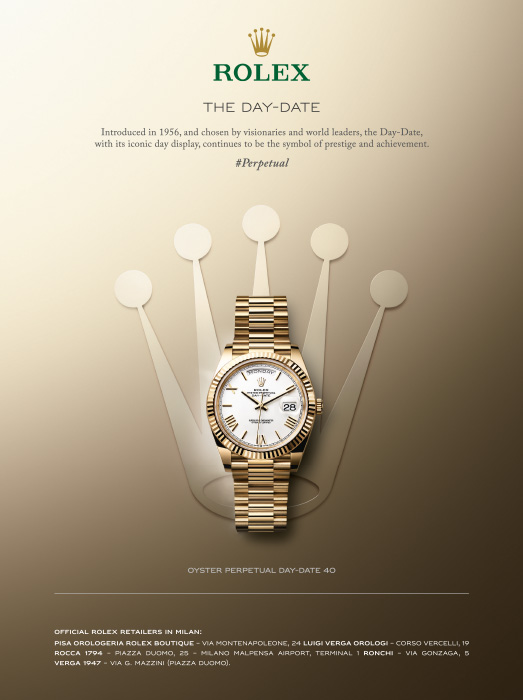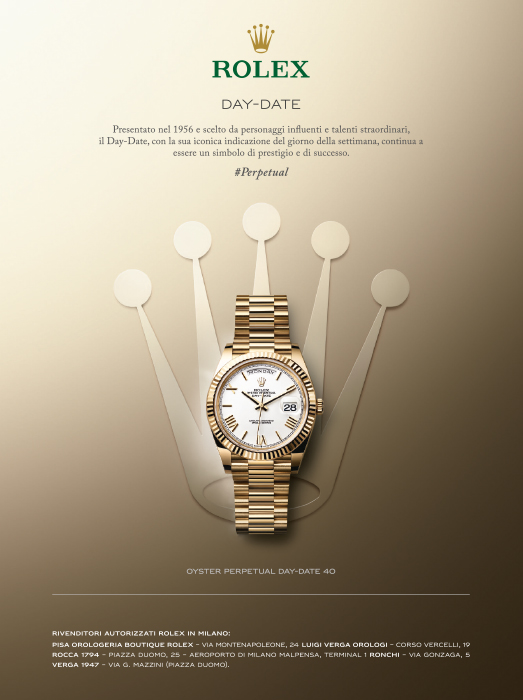www.teatroallascala.org
M1 (red line) - M3 (yellow line) Duomo
The Teatro alla Scala, colloquially called “La Scala”, is the main opera house in Milan. Considered to be one of the most prestigious theatres in the world, it has been home to leading artists in the international field of opera, ballet and classical music for almost 250 years. The building, designed by the great neoclassical architect Giuseppe Piermarini, rose from the ashes of the previous Teatro Ducale, destroyed by fire in 1776; it owes its name to the church of Santa Maria alla Scala, demolished to make way for the theatre, which was inaugurated on 3 August 1778, during the reign of Maria Theresa of Austria, with the opera “L’Europa riconosciuta” composed for the occasion by Antonio Salieri. 1883 was the year that saw the first electric lighting of La Scala Theatre, which was then extended to the rest of Italy.
Since the year of its foundation it has been the seat of the choir of the same name, the orchestra, the corps de ballet, and since 1982 also of the Filarmonica della Scala. The theatre complex is located in the square of the same name, next to the Casino Ricordi, which today houses the Museo Teatrale alla Scala.
The Museo Teatrale alla Scala
The museum is one of the leading ones in Europe, and one of the most visited by international visitors in Milan. Founded at the beginning of the 20th century thanks to the untiring will of some great supporters of Milanese culture, it offers a rich collection of antique musical instruments, scenographic sketches, letters and documents related to the work of the theatre. It also houses a gallery of portraits and busts dedicated to the great artists who have performed at La Scala, from Verdi to Toscanini.
Some precious relics for opera and classical music lovers are part of the museum’s heritage: the Steinway grand piano that belonged to the famous composer Franz Liszt; the complete manuscripts of Giuseppe Verdi’s “Messa da Requiem” and Rossini’s “Tancredi”; Evaristo Baschenis still life painting “Strumenti Musicali”.
One room is dedicated to the Commedia dell’Arte with some pictorial reproductions, ceramics and porcelain of Harlequin and other famous masks. Another room bears witness to the strong bond between Giuseppe Verdi and La Scala, where he began his long career, making his debut with “Oberto, conte di San Bonifacio” in 1839. It was also at La Scala that he revealed his compositional greatness to the world with “Nabucco”, of which the original poster from 1842 is preserved. Two rooms are dedicated to the great personalities of the 19th and 20th centuries: Arturo Toscanini, the conductor who reformed the modern Scala; Eleonora Duse, the restless protagonist of Italian theatre; Giacomo Puccini, the new man of Italian opera; Maria Callas, the unforgettable voice of the 20th century.
From the museum, visitors can also admire the theatre through a window, and catch a glimpse of the ‘machine’ that dictates stage movements.
A new building for the theatre of the future
In the next years, a new complex will be built in Via Verdi, a much-needed extension of La Scala’s historic headquarters. The building will improve the performance of artistic activities by expanding the area for setting up and dismantling sets and creating new rehearsal rooms for the Orchestra and Ballet. The architectural project was entrusted to architect Mario Botta, who had already worked on the major restoration and renovation of the theatre’s historic headquarters and the stage tower between 2001 and 2004, to ensure the stylistic coherence of the new building with the theatre’s other buildings. The language is typical of the Ticino architect: precise geometries, alternating solids and voids, and care in the cladding, for six underground floors and eleven above ground in all.


